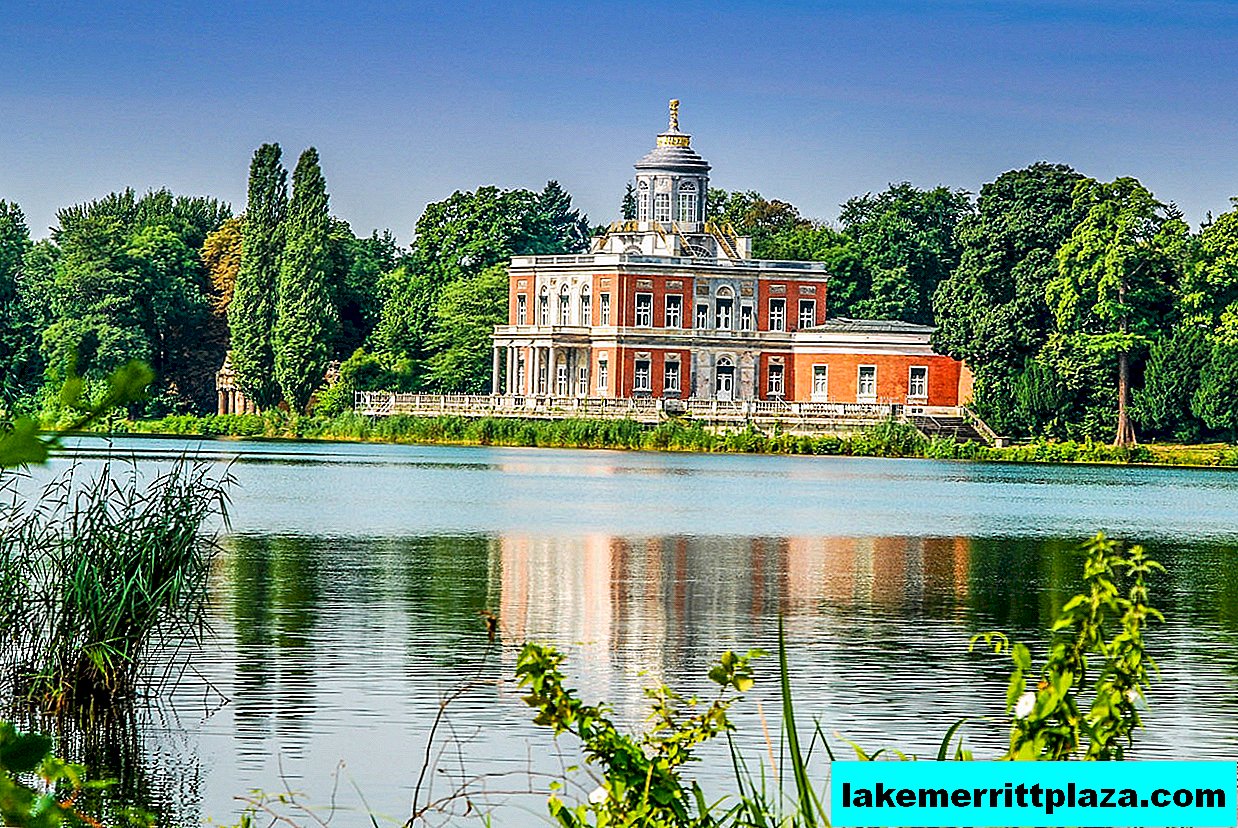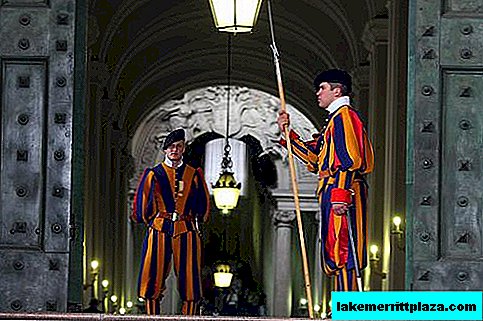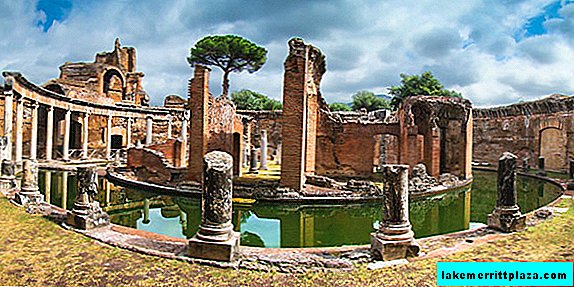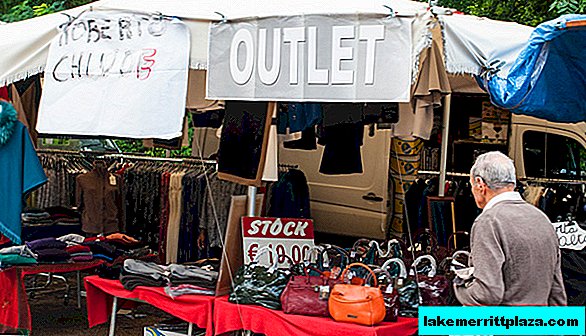The Marble Palace is located in the heart of a beautiful park on the shores of the Holy Lake. Built in the XVIII century in the style of early classicism. Throughout its history, it was the private residence of several Prussian kings and crown princes, a club of Soviet officers, here they displayed weapons and equipment of the German Democratic Republic army. Now it is a museum.

Marble Palace on the shores of the Holy Lake, photo by Dietmar Schwanitz
In the northern part of Potsdam, on the shores of the Holy Lake (Heiliger See - Heiliger See) stands the Marble Palace (Marmorpalais), built in the style of early classicism. The terrace of the building with stone stairs faces the pier. Between the central building and two wings - a spacious courtyard with a fountain. The palace complex is located in the middle of the picturesque New Garden. The English landscape park Neuer Garten was established in 1787, at the same time as the construction of the Marble Palace began.
Journey to the past
Architecture
The summer residence of Marmorpalais in the spirit of early classicism began to be built by decree of Frederick William II. The building was designed by the court architect Karl Gontard; Karl Langgans Sr. participated in the project. The first near the lake was a square two-story building crowned with an openwork rotunda tower, from where a magnificent view of the surroundings and the island of Pfaueninzel opened. The walls were made of red brick, the portal with columns and the decoration of the facades were made of light Silesian marble (hence the name of the palace).





From the lake side there is a terrace with side stairs to the water. The king enjoyed boat trips. From here it was possible to get by water to the Charlottenburg Palace in Berlin.
The restrained appearance of the palace and the simple decoration of the landscape park contrasted with the magnificent baroque complex of Sanssouci.
Interior decoration
The interiors were designed by Karl Gotthard Langhans, and the Saxon Friedrich von Erdmannsdorf was involved in the design. Fireplaces, portals, furniture were brought from Italy. Inlaid valuable parquet created by local craftsmen; the grandfather clock was delivered from the mansion of the Marquise de Pompadour, the exquisite collection of ceramic vases from Wedgwood manufactory.

Palace kitchen, stylized as ancient temple ruins, photo olaf oehlsen
The palace kitchen (1788-1790 years of construction), located separately, was stylized as antique romantic ruins and connected by an underground gallery with a summer dining room - Grotto Hall.
Palace expansion

Colonnade, photo tel33
The residence was completed by 1792, but within five years they decided to expand. Michael Philip Bowman designed two side rectangular wings. Long wings connected to the main building with two galleries. Marble columns were transported from Sanssouci Park. The walls of the colonnades were decorated with story murals based on the legend of the Nibelungs.
Premises







Inside the Marble Palace - forty rooms, six royal chambers. The lobby is decorated with colored stone, the domed space of the hall is decorated with bas-reliefs. A staircase rises from the entrance to the entire height of the building. Behind the lobby opens the Grotto Hall, lined with gray-blue marble. Above it is the Concert Hall, which retained the original features of early classicism. All the palace rooms are designed in neoclassical style, with the exception of the Eastern Cabinet at the top, stylized as a Turkish tent.
Marble Palace Owners
After Frederick William II, several generations of the Hohenzollern lived in the residence. The last were the Crown Prince Wilhelm with his wife Cecilia. In 1917, they moved to the Cecilienhof Palace, built specifically for them. In 1926, the palace passed into the jurisdiction of the state. Since 1946, the House of Officers was located there. From 1961 to 1991, the Army Museum worked, artillery pieces and military equipment were exhibited in the courtyard.
Palace today

General view of the palace and park ensemble, photo by Koorosh Nozad Tehrani
Since 1990, the Marmorpalais ensemble has been included in the UNESCO list. The interior of the building, which suffered from military bombing, was completed by 2006, and the exterior restoration continued for another decade. Annually, the Marble Palace is visited by 15,000 tourists with excursions.
Palace opening hours
Open year round.
From May to October: VT-Sun 10:00 - 18:00;
from November to March: Sat, Sun 10:00 - 16:00;
April: Sat, Sun 10:00 - 18:00
Mon day off.
Tickets
Full ticket - € 6;
preferential - € 5.
Audio guide in German and English.
How to get there
Take bus 603 to the stop Am Neuen Garten / Große Weinmeisterstraße.
How do I save on hotels?
Everything is very simple - look not only at the booking. I prefer the search engine RoomGuru. He is looking for discounts at the same time on Booking and on 70 other booking sites.








